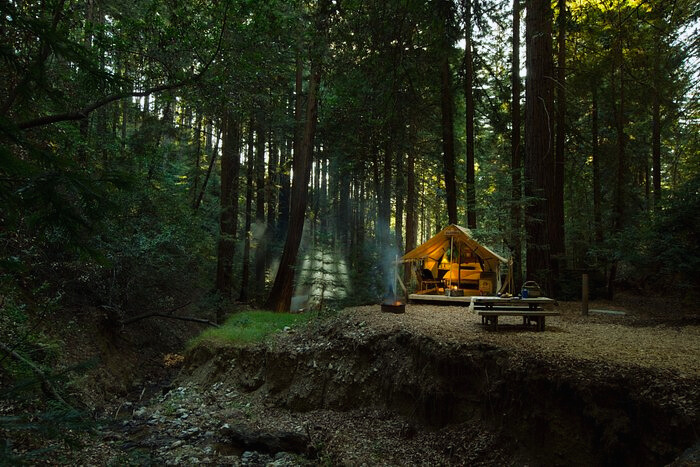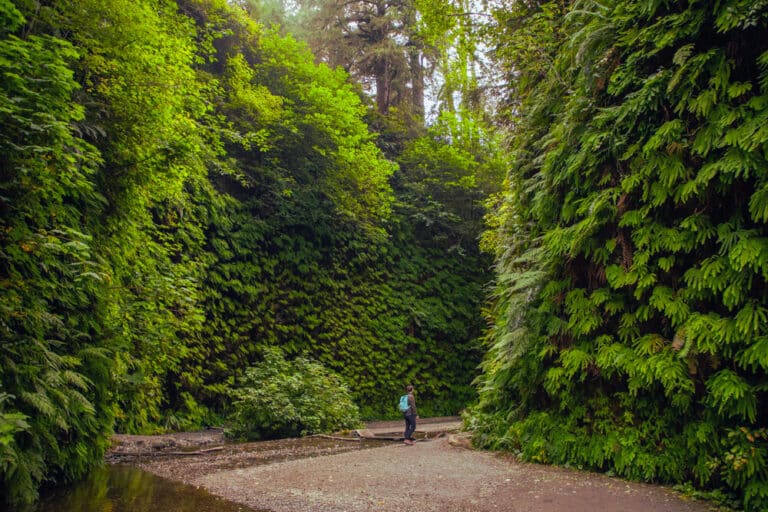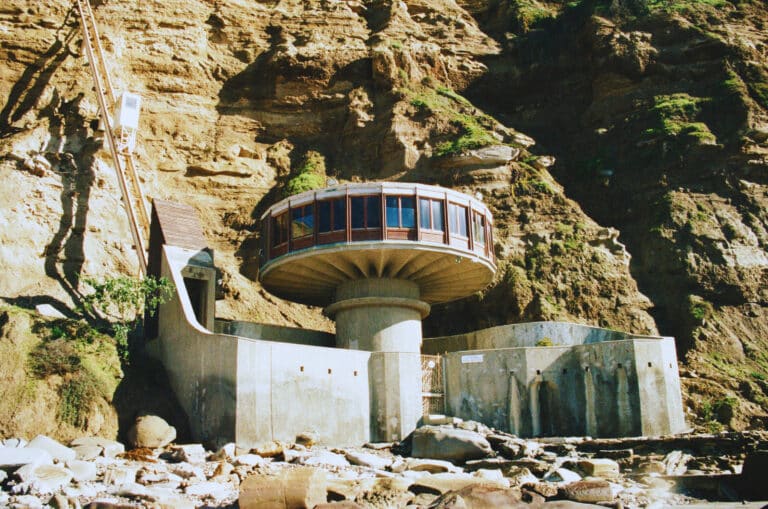What to Look For in a GPS Tracker for Hiking
Here’s what actually matters when choosing one:
Battery Life
At least 3–5 days on a single charge. Longer if you’re doing multi-day treks. Don’t rely on external battery packs alone.
Satellite Coverage
Forget anything that depends on cell service. You want a device that connects to multiple global satellite systems (Iridium, Galileo, GPS, GLONASS). That’s what keeps it working in canyons, forests, and bad weather.
Durability
Waterproof, shockproof, and built for abuse. A cracked or dead tracker is useless when you’re ten miles deep in the wilderness.
Emergency SOS
Must have a dedicated SOS button that links directly to emergency services or a global response center. No exceptions.
Real-Time Tracking
You should be able to share your live location with someone off-trail. If you go missing, this is what gets you found fast.
Two-Way Messaging
One-way alerts aren’t enough. You need to send and receive texts without cell service. Critical for solo hikers.
Offline Navigation
Maps and routes should be accessible without a signal. Bonus if the device lets you mark waypoints or track deviations from your path.
Weather Updates
Real-time weather alerts help you dodge incoming storms, fire zones, or dangerous temperature drops.
Interface
Big buttons. Simple menus. Clear display. If you’re cold, wet, or panicking, it needs to work fast without guesswork.
Subscription Costs
Most good devices need a paid plan. Know what you’re getting:
- SOS and tracking usually require a subscription
- Free plans exist but are basic and limited
🔧 Best GPS Tracking Devices by Use Case
Let’s break down best hiking GPS trackers for each use case.
Day Hikes (with some cell service)
Family1st Portable GPS Tracker
- Runs on 4G LTE. Family1st Portable GPS Tracker works fine near towns or on trails with patchy signal.
- Real-time tracking through mobile app.
- Small, lightweight, and easy to set up.
- Has geofencing, low battery alerts, and basic tracking features.
- Good for: Low-risk hikes where staying visible to someone is enough.
- Not for: Remote backcountry or off-grid treks.
Multi-Day Treks (no cell service)
ACR Bivy Stick
- Satellite-based. Connects via Iridium network—works anywhere.
- Pairs with your phone for maps, two-way messaging, and SOS alerts.
- Battery lasts several days.
- Lightweight but full-featured.
- Good for: Backpacking, remote trails, or anywhere cell signal disappears.
- Watch for: Requires subscription for full functionality.
Solo Hiking
ACR ResQLink View
- Personal Locator Beacon (PLB) with direct-to-rescue 406 MHz SOS signal.
- No smartphone pairing required. Just press the button, and help gets notified.
- Waterproof, rugged, no subscription needed.
- Includes a small screen that confirms SOS has been sent.
- Good for: Solo hikers who want something reliable and dead simple.
- Not for: Messaging or navigation—it’s purely for emergencies.
Group Hiking
goTenna Mesh
- Not a GPS tracker—this is a communication tool.
- Creates a mesh network for text messaging between group members. No cell signal needed.
- Pairs with your phone. Everyone carries one device and stays connected.
- Works up to 4 miles in open terrain.
- Good for: Groups, teams, families hiking together.
- Not for: Solo tracking or satellite SOS.
Off-Trail / Full Remote
Garmin inReach Explorer+
- Full GPS navigator with satellite messaging and SOS.
- Includes topographic maps, waypoint marking, route deviation alerts.
- Two-way messaging via Iridium.
- Rugged, waterproof, made for serious terrain.
- Good for: Explorers going completely off-grid.
- Downside: Requires subscription. Not cheap, but worth it.
Practice Using Your GPS Tracker Before the Hike
Don’t wait until you’re lost or injured to figure out how your device works. Practice ahead of time.
Simulate a Lost Trail
Use your device to find your current location and reorient yourself—without pulling out your phone or map. Build muscle memory.
Try a Test Message
Send a check-in message or location share to someone you trust. Make sure it actually goes through.
Navigate Offline
Turn off your phone’s data and Wi-Fi. Open your GPS app or device and test how it loads your route or map without service.
Run a Battery Test
Use your device for a full day of simulated hiking. See how fast the battery drains with tracking and messaging on.
Test in Bad Weather (If Possible)
Take the device out in rain or fog, or under tree cover. Note how well it holds a signal.
Don’t Rely on Tech Alone: Pack Traditional Safety Gear
If your GPS dies, you need backup. Bring the basics every time, especially in Big Sur.
- Paper topographic map (not just a printout)
- Compass (and know how to use it)
- Extra water and high-calorie snacks
- First aid kit
- Headlamp + extra batteries
- Emergency blanket
- Firestarter or stormproof matches
- Whistle
This isn’t optional. Tech fails. Be ready when it does.
Common Mistakes to Avoid
People make the same mistakes again and again. Don’t be one of them.
Leaving With a Half-Charged Device
Start at 100%. Always. Bring a power bank if you’re out more than one day.
Not Testing the Tracker
If you don’t know how to use it in calm conditions, you won’t figure it out under pressure.
Ignoring Subscription Requirements
Your SOS button might not work unless your subscription is active. Read the fine print.
No Backup Navigation
Don’t rely on GPS alone. Bring a map and compass—and know the basics of how to use them.
Forgetting to Set Emergency Contacts
Double-check your emergency contact list inside the device or app. Wrong info = wasted time in a crisis.
Final Checklist: Big Sur Hike With a GPS Tracker
Run through this before you head out:
✅ GPS tracker fully charged
✅ Power bank packed
✅ Offline maps downloaded
✅ Paper map + compass in backpack
✅ Emergency contacts confirmed
✅ SOS function tested or reviewed
✅ Itinerary shared with someone
✅ Weather forecast checked
✅ First aid + survival gear ready





